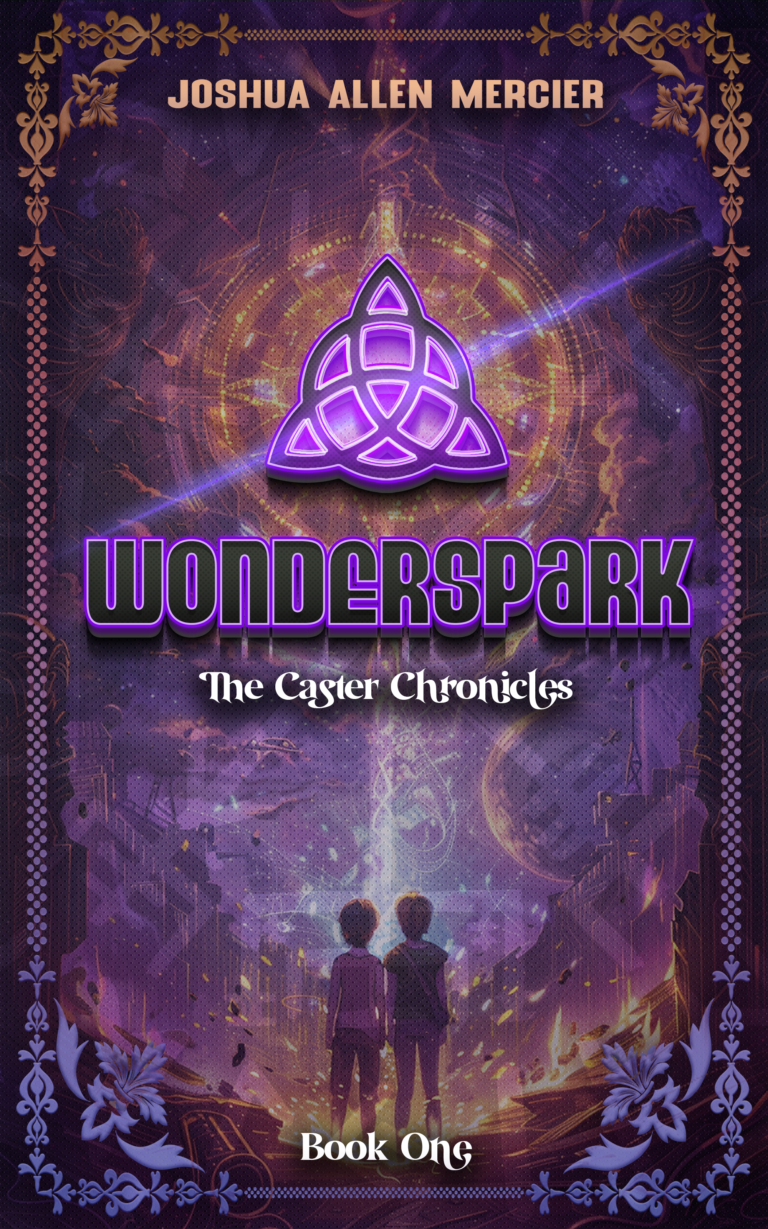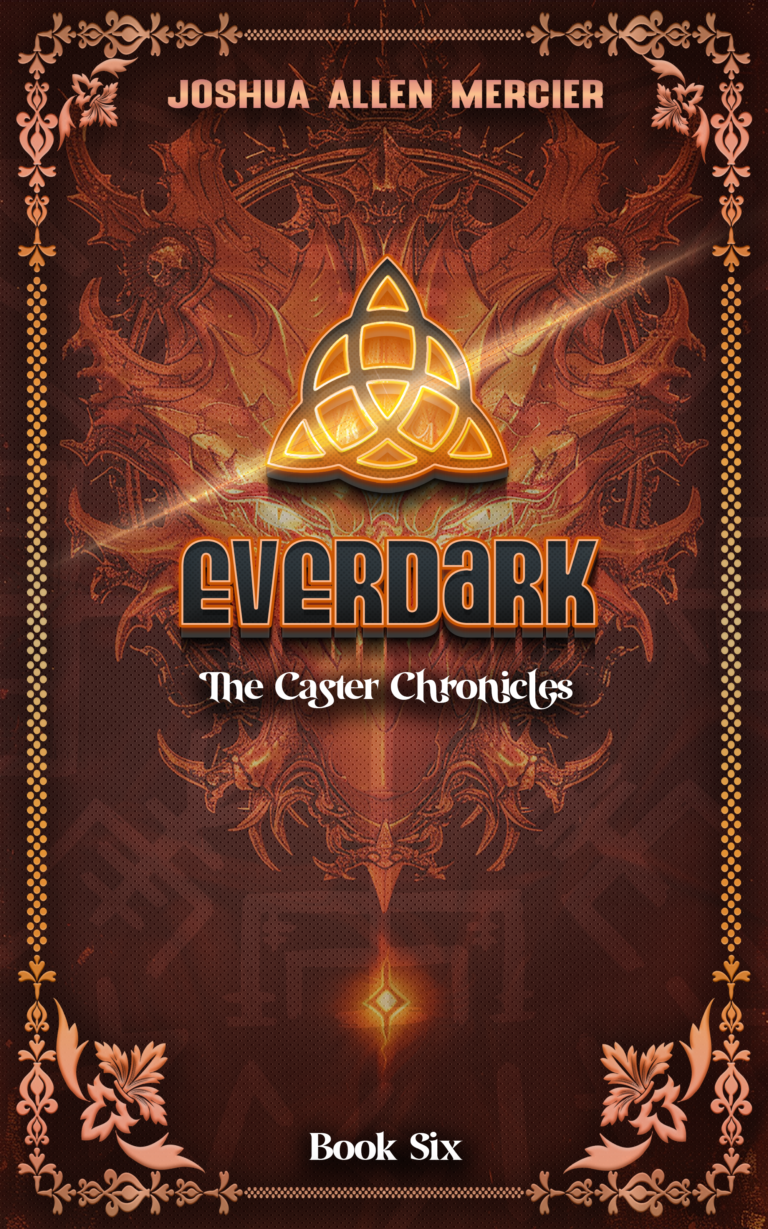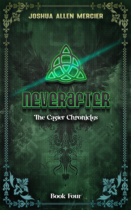Life’s Obstacles


Life’s Obstacles
ABOUT two months ago I realized what a grave mistake I made by announcing the release date of Wonderspark. Back when I made the announcement, I had two roommates helping with rent; and not too long after I made the announcement, they announced to me that they were relocating out of Tampa (one for his job, and one moved back to the area he was raised). I was happy for them, but needless to say, their announcements came as a shock and presented me with even more obstacles, especially financially, than I was facing before. Add to it two back-to-back hurricanes ripping through the Tampa area—and my bank account—and I was left picking up the debris and pieces of my life.
CONFLICT in storytelling is one of the biggest drivers of the plot—the build-up, the struggle, the climax, and the resolution of any small conflict often builds to a bigger one, which has its individual rise and fall. Often, what goes wrong in a character’s life has more lessons in it than what goes right. It shapes and moulds their resolve, their fight, and their resilience. They bounce back faster even if the fall is greater. They are quicker to pick up the pieces and move forward. But I’ve gotta tell you, Beardies, my resolve is truly being tested lately. And my resilience has lost its elasticity.
DUE to having to find other streams of income to make up the loss of rent, I’ve not had the time to work on Wonderspark. It sucks. It sucks more that I’ve lost momentum with the story and need to revisit a lot of what I’ve already written to get back into the swing of things. Like when you are on a road trip and stop at a rest stop for 10 minutes and start driving away and realize the GPS has added not only the 10 minutes to the ETA that you stopped, but the additional time that you would need to make up for the distance not driven while you were stopped.
With that said, I will have to push the publication date of Wonderspark, but I won’t have an estimate of the new date until I get back in the swing of things and get my momentum back and find my voice—I hope it won’t take too long.












































